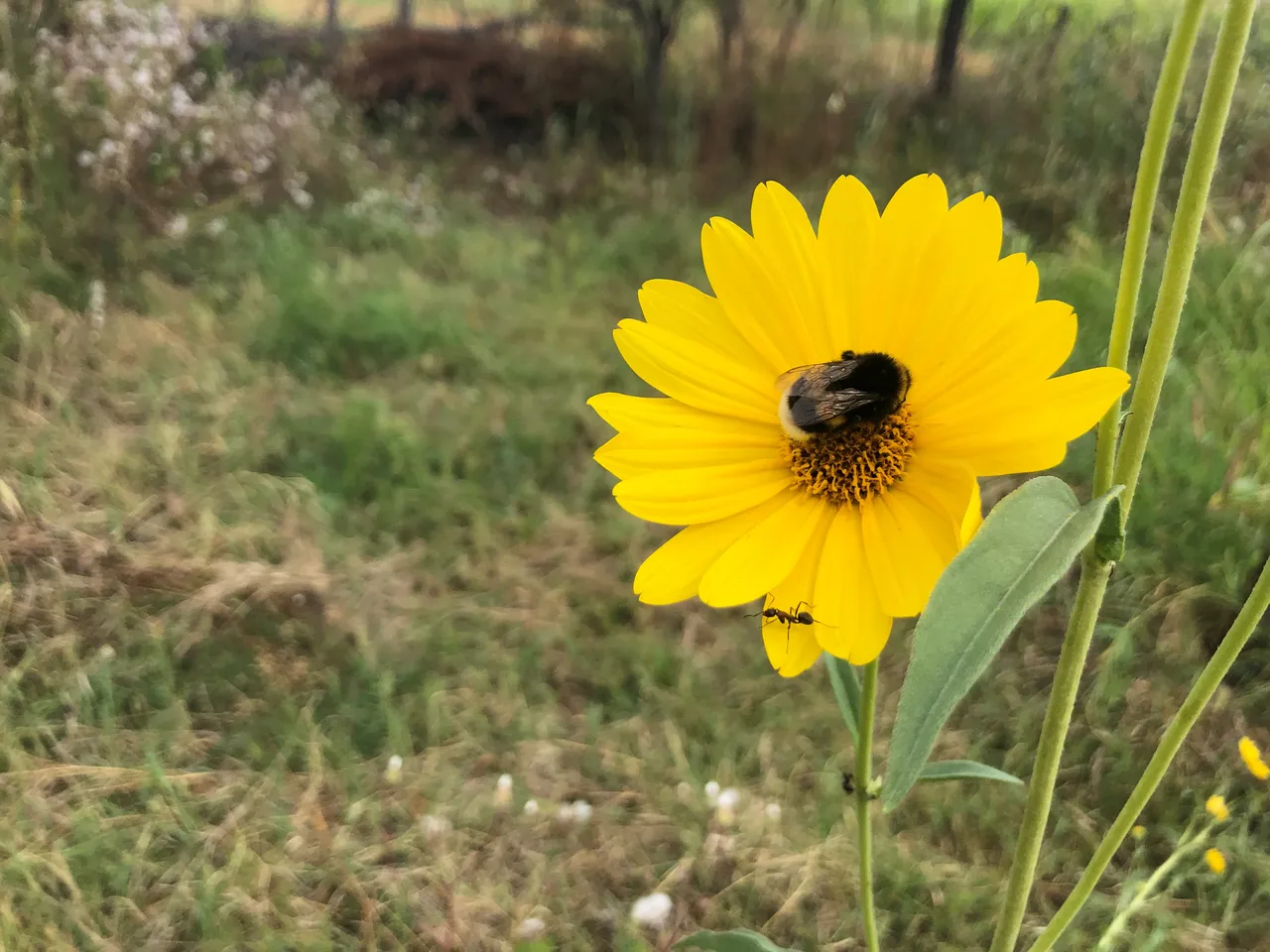Helianthus maximiliani is a relative to the Jerusalem artichocke (Helianthus tuberosus) with beautiful flowers and oil-rich seeds.

It first came in our garden 2 years ago when I decided to buy some seeds from the german seed shop: https://www.magicgardenseeds.com. “Helianthus Maximiliani forms somewhat smaller rhizomes and is also used for culinary purposes. The tubers have a strong sunflower aroma and are eaten fried or cooked. “
Besides being a reliable edible plant and a nice ornamental, maximilian sunflower possess other benefits too in a permaculture garden.
It is a strong weed competitor and it can be used as a barrier to keep other undesired weeds under control. It produces a substance that inhibits the growth of other plants around.
At the time when I decided to introduce this plant in my garden I was searching for alternative ways to provide grain feed for my chickens. I came across a study in the US about the development of a perennial culture of seeds to produce human oil for human consumption and they were experimenting with cultivars of maximilian sunflower. The seeds are rather small but the chicken eats them well. For now, I don’t have a big plantation so I prefer to leave the dried flowers in place over winter for the wild birds.

It came out of the ground around the end of April in our zone 7a and gets to 1.5-2m in the summer. The flowers are very attractive for butterflies.
It is fairly easy to propagate this plant from seeds but it is even easier to divide the tuberes and bury them in other locations.
More about this plant profile: https://pfaf.org/user/Plant.aspx?LatinName=Helianthus+maximilianii